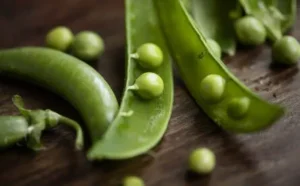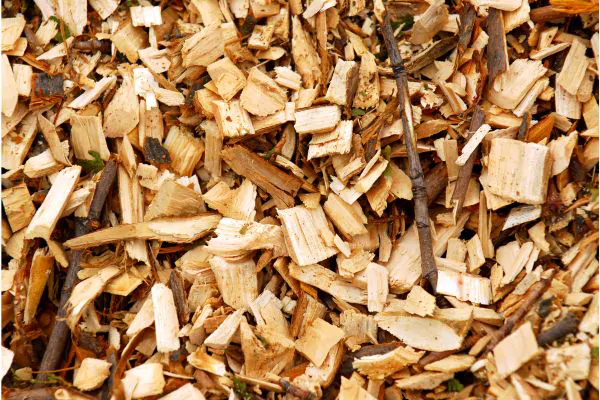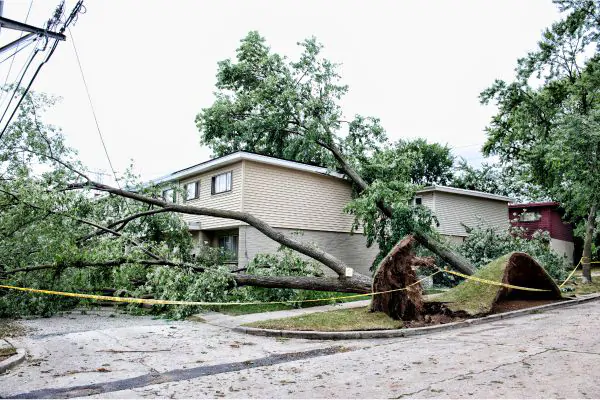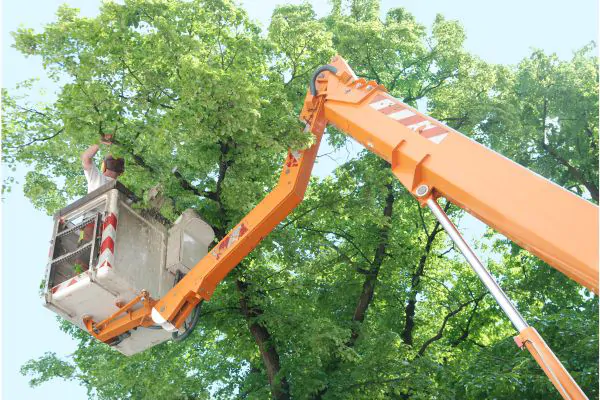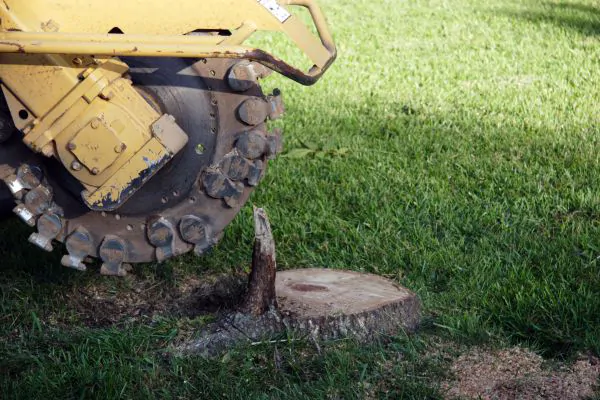Even though it may seem chilly and damp for vegetables, there are a few tough veggies that you can get started on. One reason that it is ok, is that there are less bugs and diseases in early spring, so your plantings should start out great. Check out these 6 vegetables to start out with.
Asparagus (Asparagus officinalis)
You know its Spring when you start to see the pointy spears bursting through the soil. When the ground is roughly about 50′ you will usually see the first shoots if all goes well. Because Asparagus is a perennial vegetable, you can plant it and harvest it for years. Spacing is important for optimal pickings for up to 6 months. Planting your old crowns are a great way to benefit from all the hard work of previous years, but seeds will need an extra year to establish.
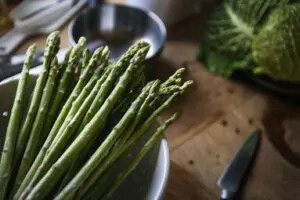
The cool climate and dampness of spring creates the perfect environment for lettuce. Butterhead and Romaine are the most tolerant. In contrast, heat and drought along with longer days make lettuce to excel and grow quickly. After pickings, you can start a new cycle every few weeks.
To protect lettuce from the cold, cover the garden with any insulation like blankets. There are various options available at stores. This may be ok for a short period of time but try and bring inside if cold for extended period.
Peas (Pisum sativum)
Did you know that there a tradition of planting the first peas on St. Patrick’s Day? Though some areas think that the snow and weather squash this great idea. Peas planted in late April will catch up to the earlier planted peas, have no fear. Peas like moderate, consistent temperatures. What are your favorites? There are many varieties so let get planting! You will need a trellis or fencing to support the vines – or get creative. You can also plant in early May but Do not miss the window of opportunity.
Rhubarb (Rheum rhabarbarum)
Rhubarb is a vegetable but considered the first “fruit” of the season. And, you will be surprised to hear that it is easy to grow. Rhubarb is a perennial that you will reap your sow for man years. Ideally, plant your dormant crowns in the spring. Re-harvesting should start the second year after the plant is maturing. Splitting or thinning should be done early spring as before the emergence of the tender new shoots. This division gives the plant new life.
Spinach (Spinacia oleracea)
Spinach thrives in a cool environment or it may bolt to seed. There are varieties that do better with moderate temperature but don’t take the chance. Spinach grows fast! After pickings, you should start new planting within a week or two week. Keep the soil moist to prevent bolting. The other benefit of growing spinach is it can grow in the shade of other plants in your garden.
You might also like the Types Of Flowering Trees In New England
Beets (Beta vulgaris)
Beets are somewhat hardy vegetables. They can survive light frosts repeatedly. Growing from seed it takes 6 or 7 weeks to sprout. Most beneficial method is to start your own mini green house inside then transfer to ground once the Spring has sprung! Remember, beets do not like crowded areas so give them their space.
